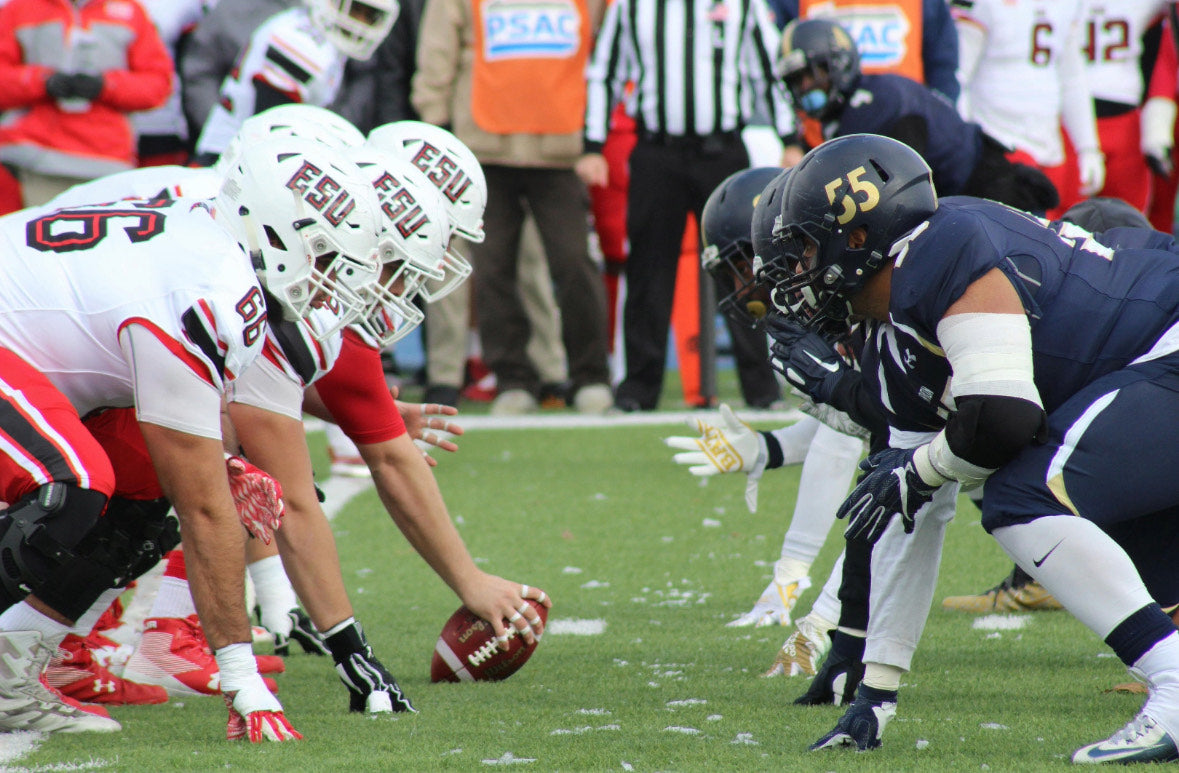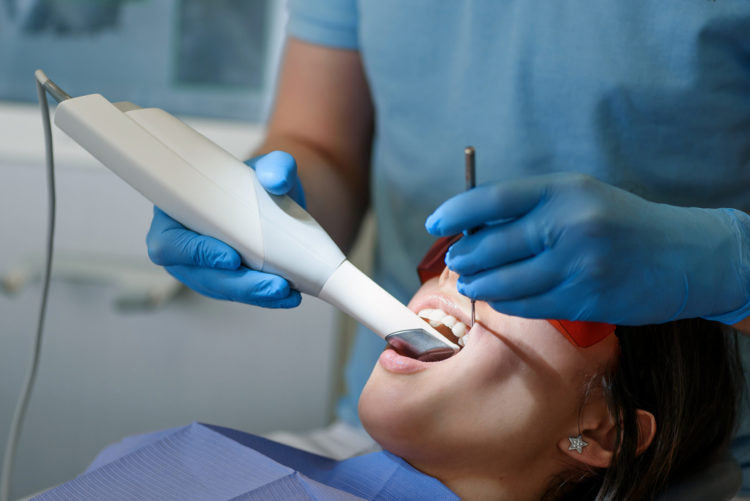Mouthguards are essential pieces of protective gear for athletes involved in contact sports or any activities that pose a risk to the teeth, gums, and jaw. Whether you’re playing football, basketball, hockey, or even engaging in recreational activities like skateboarding or mountain biking, a mouthguard helps protect your oral health and can prevent serious injuries. Here's what you need to know about sports mouthguards, their benefits, types, and how to choose the best one for your needs.
What is a Mouthguard?
A mouthguard is a flexible, protective device worn over the teeth to shield them from impact during sports or physical activities. Mouthguards act as a cushion for the teeth, gums, and jaw, absorbing and dispersing the force of impact to minimize injury risk. They can also prevent cuts and bruising to the soft tissues inside the mouth, such as the lips, cheeks, and gums.
Why You Need a Mouthguard
The primary reason to wear a mouthguard during sports is injury prevention. Here are some of the key benefits of wearing a mouthguard:
- Protects Teeth: Mouthguards prevent tooth fractures, chips, and avulsion (when a tooth is completely knocked out). Sports like football, basketball, and hockey, where players are at risk of being hit in the face or mouth, are particularly prone to these types of injuries.
- Prevents Jaw and Tooth Dislocation: In addition to protecting teeth, mouthguards help absorb shock and reduce the risk of jaw fractures, tooth luxation (tooth displacement), and soft tissue injuries (like cuts to the lips, gums, and tongue).
- Reduces Risk of Concussions: While mouthguards do not completely prevent concussions, studies suggest that a well-fitted mouthguard may help reduce the risk of a concussion by absorbing the shock that would otherwise affect the skull and brain during impact.
- Protects Soft Tissues: A mouthguard also helps prevent damage to the lips, gums, and inner cheeks, which can occur during collisions or falls. By creating a barrier between the teeth and soft tissues, it reduces the risk of lacerations and bruising.
Types of Mouthguards
Mouthguards come in different types, each with varying degrees of protection, comfort, and cost. The three main types of mouthguards are:
- Stock Mouthguards:
- Description: These are pre-formed, ready-to-wear mouthguards that come in standard sizes (small, medium, large). They don’t require any molding and are the least expensive option.
- Pros: Affordable and convenient.
- Cons: They are often bulky, uncomfortable, and may not fit well, which can cause discomfort during use. They may also interfere with breathing and speech.
- Boil-and-Bite Mouthguards:
- Description: These mouthguards are softened in hot water and then molded around the teeth. This allows for a more customized fit than stock mouthguards.
- Pros: They are more comfortable and offer a better fit than stock versions, providing a decent level of protection. They’re also relatively inexpensive.
- Cons: While they’re customizable, they still may not offer the precise fit of a custom-made mouthguard. Over time, the material may become less effective.
- Custom-Fitted Mouthguards:
- Description: These mouthguards are professionally made by a dentist or through an impression taken of your teeth. The dentist or orthodontist customizes the fit, ensuring that the mouthguard perfectly aligns with your unique dental anatomy.
- Pros: Custom mouthguards provide the best fit, comfort, and protection. They are made with durable materials and are designed to be snug and precise. They also allow for easier breathing and speaking.
- Cons: Custom mouthguards tend to be the most expensive option, but they are an investment in both protection and comfort.
Choosing the Right Mouthguard
When selecting a mouthguard, consider the following factors:
- Fit:
- A properly fitted mouthguard should be snug, comfortable, and not move around in your mouth. Custom-fit mouthguards are the most reliable in this aspect, but boil-and-bite options also provide a better fit than stock guards.
- Comfort:
- Comfort is crucial, especially if you plan to wear the mouthguard for long periods. A mouthguard that fits well will be less likely to cause discomfort or interfere with breathing and speaking. Custom-fit mouthguards are the most comfortable and personalized.
- Level of Protection:
- The level of protection you need depends on the type of sport you play. Contact sports like football, hockey, and rugby typically require higher levels of protection. Custom mouthguards, or thicker boil-and-bite versions, offer more robust protection compared to stock guards.
- Durability:
- Mouthguards should be durable enough to withstand multiple impacts during games or practice. High-quality materials, like EVA (Ethylene Vinyl Acetate), silicone, or rubber used in custom and boil-and-bite mouthguards, are more durable than those made of cheaper materials in stock versions.
- Breathing and Speaking:
- Make sure the mouthguard allows you to breathe easily and speak clearly, especially if you’ll be wearing it for long periods. Custom mouthguards tend to be better in this regard because they’re molded to your individual bite, allowing more room for airflow.
- Cost:
- Cost is a consideration for many athletes. While stock mouthguards are the least expensive, they provide minimal protection. Boil-and-bite options are more affordable than custom versions but still offer better protection and comfort. Custom mouthguards are the most expensive but are worth the investment for athletes who need optimal performance and protection.
Caring for Your Mouthguard
Proper maintenance is essential to ensure your mouthguard remains effective and hygienic:
- Clean After Use: Rinse your mouthguard thoroughly with cool water after every use. You can also clean it with mild soap and water or a mouthguard-specific cleaning solution.
- Storage: Keep your mouthguard in a ventilated case to prevent bacteria buildup. Don’t leave it in hot environments, such as a car, as this can warp the material.
- Inspect Regularly: Check for signs of wear and tear. If your mouthguard becomes cracked or worn down, replace it promptly.
- Avoid Chewing: Never chew on your mouthguard, as this can damage it and reduce its protective capabilities.



